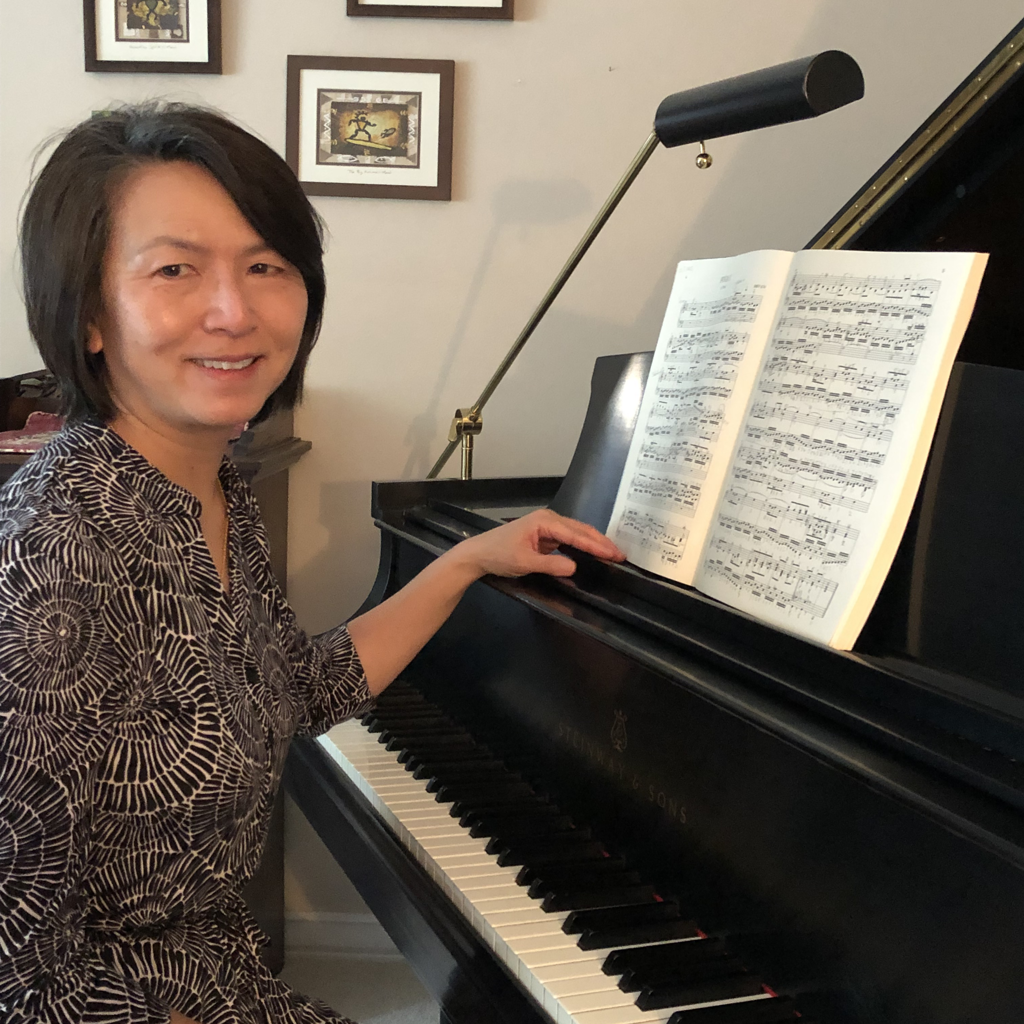Jun Shan Wey
Verizon Communications Inc, USAFor sustained professional leadership in optical access networks standardization and outstanding volunteer service to the field.

Jun Shan Wey (Shan) grew up in Taiwan surrounded by her large family and spent most of her childhood running around with her boy cousins doing experiments of all kinds. She learned about Newton’s laws in a bike race: She won the race but stopped too quickly and was thrown from the bike. In the aftermath, her uncle explained Newton’s laws of motion to her and how she could avoid such crashes in the future. In school, she loved math and science because these subjects provided a process that led to an answer. When the bike accident happened, she was able to connect the dots between real life and what she learned in school – she has been hooked on science ever since.
In Taiwan, all students have to choose an academic focus for their high school experience, and Shan decided on science and technology. Her family encouraged her to continue her education and get good grades, but she soon realized that her family had different ideas for her life than she did. Her parents were both bankers, and they wanted her to follow in their footsteps, settling down after college and raising a family. Throughout her culture, there was a belief that only boys went into engineering. Shan wanted to defy that expectation and prove that she was as capable as any boy.
Her path was not a clear one, though, and she faced several obstacles along the way. First, and perhaps the most difficult, was the lack of women role models in her schooling. Shan went to an all-girls high school, but she didn’t see women doing science professionally, only teaching. She then went to a science and engineering college, where only three of the 45 students in her class were women. It wasn’t until she attended graduate school at the University of Maryland in the United States, that she first met a professional female scientist. Professor Elsa Garmire came to give a talk to her class, and as a part of her visit Elsa also had a special event with the women in the department. Shan was struck by Elsa’s confidence and left the event inspired by her first female scientist role model.
Another big challenge for Shan was more personal. Her father passed away while she was completing her PhD. He was a strong supporter of her work and consistently encouraged her in her study. Without his guidance, Shan struggled to find the motivation to continue. Not seeing a future for herself in the field, she quit her PhD program. However, Dr. Geoff Burdge, the director of the government lab where her PhD program was conducted, offered her a job on the condition that she remain a part-time student. Shortly after, Shan met Professor Julius Goldhar at the lab and began collaborating with him, and her experiments started to work. Pleasantly surprised, Shan asked Julius for advice: should she resume and finish her PhD now? The answer was a resounding yes, and Julius became her advisor. One year after quitting, with renewed confidence and direction, Shan returned and completed her PhD.
A significant achievement in Shan’s professional service work was converting the 2020 Optical Fiber Communication Conference and Exhibition (OFC) to a hybrid event at the very beginning of the COVID-19 Pandemic. The first few weeks of March 2020 were confusing, and meeting organizers faced tough decisions about holding or canceling conferences. There was tremendous pressure to cancel the event altogether, but drawing on the very subject of the conference, optical fiber communications, it seemed like a perfect opportunity to put technology to the test. Shan, David Plant, and Shinji Matsuo, the three Program Chairs for OFC 2020, worked together to successfully turn OFC from an in-person conference into one of the first hybrid conference experiences.
Shan’s current work is in technology standards planning at Verizon Communications Inc, USA. This position allows her to pursue her many interests and explore cutting-edge technologies every day. She is driven by a strong curiosity and knows she’s truly learned something when she can explain it simply. She is also an avid pianist, which serves as a creative outlet as well as a technical one. Her advice for young scientists is to have a creative hobby, which she believes broadens one’s experiences beyond the lab. For Shan, classical music, particularly the “Well-Tempered Clavier” by J. S. Bach, strikes the right balance. Musically, Bach’s compositions are carefully constructed with counterpoint. Like math serves as a foundation of many physics and engineering theories, counterpoint underpins many great musical compositions. Shan shares, “It seems simple, but is very complicated.”
Photo Credit: Jun Shan Wey
